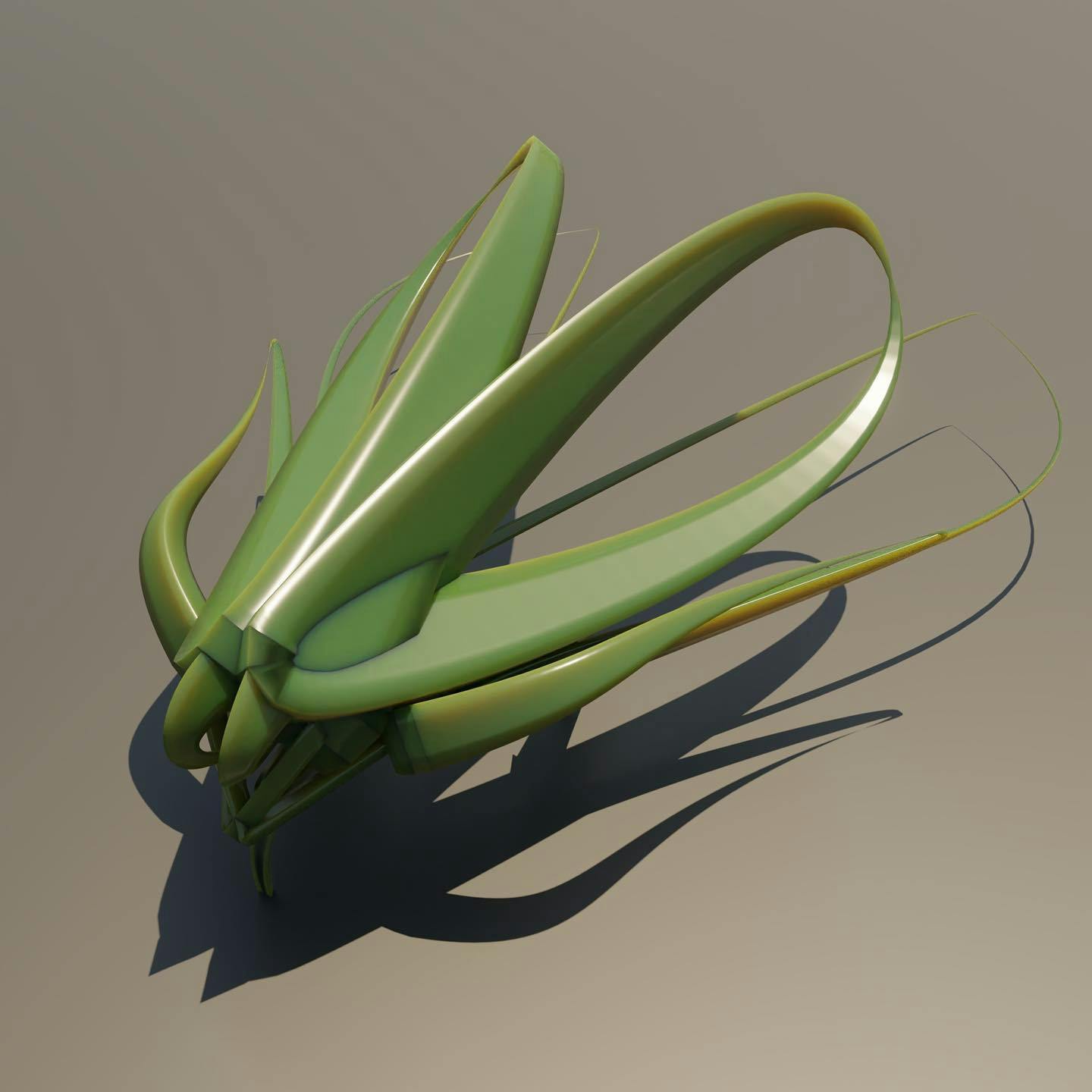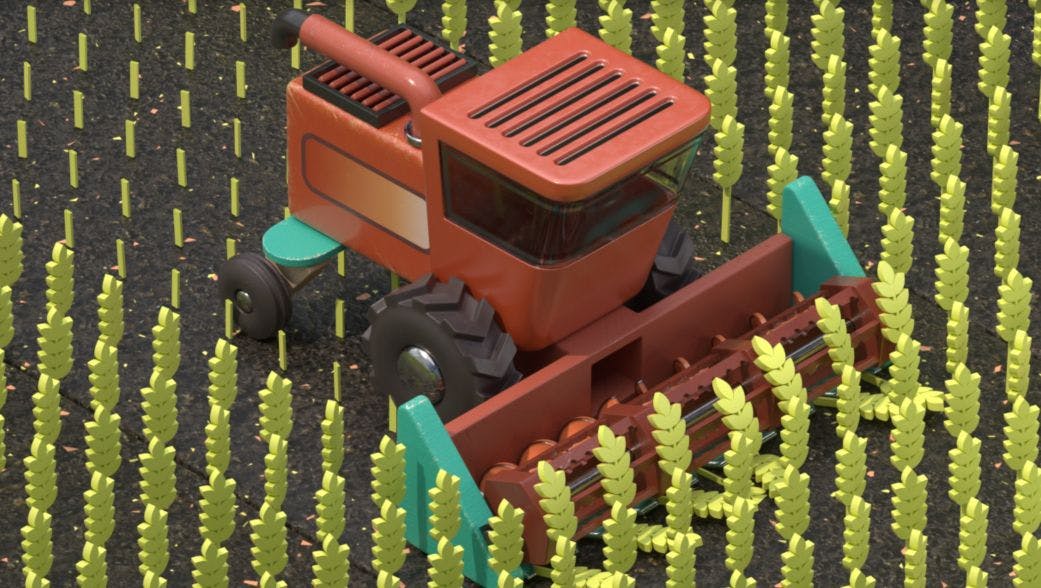3D Plant Cell Model
The world of technology is constantly evolving and with it, comes new and exciting ways to view and experience the world around us. 3D technology has already made a significant impact in industries such as architecture and gaming, but its potential for enhancing education and research is just beginning to be explored. In particular, the field of biology is set to be revolutionized with the introduction of 3D plant cell models.
These immersive experiences offer a level of detail and realism that was previously unimaginable, providing a new and dynamic way to learn about the intricate structures of plant cells. In this article, we will delve into the future of 3D model viewing and its potential for transforming the way we understand and interact with the natural world.
VR and 3D Modelling
Virtual reality (VR) and 3D technology go hand in hand to provide a more engaging and immersive experience for viewers. With VR, users are able to step into a virtual environment and interact with objects as if they were physically present. This allows for a more hands-on and realistic learning experience, which is especially beneficial in fields like biology where visualization is crucial. By combining VR with 3D modeling, a whole new dimension is added, allowing viewers to see every aspect of a plant cell in detail and from any angle. This level of interaction and immersion offers endless possibilities for education and research.

Artwork by Ahmed Alsagheer
So, what benefits does 3D model viewing offer, particularly when it comes to plant cells? First and foremost, it provides a more accurate and detailed representation of the cell than traditional 2D diagrams. With 3D models, viewers can see exactly how the different parts of a plant cell fit and function together, making it easier to understand complex structures. This is especially valuable in biology, where students and researchers need to have a thorough understanding of cellular processes. Additionally, 3D models allow for a more engaging and interactive learning experience, making it easier to retain information and transfer it to real-life scenarios.
Features of 3D Plant Cell Models
One of the key features of 3D technology is its ability to create a realistic view of plant cells. Through the use of advanced imaging techniques and software, scientists are able to capture 3D images and create interactive models that accurately represent the structures of plant cells. This provides a more accurate and scientific visualization compared to traditional hand-drawn diagrams. Moreover, 3D models offer a level of detail that was previously impossible to achieve, allowing viewers to zoom in and explore different parts of the cell with precision.
To view 3D plant cell models, users will need a few tools. The most common way to view these models is through a VR headset, which allows for a fully immersive experience. However, 3D models can also be viewed on desktops and laptops using 3D software, which allows for a more flexible viewing experience. Additionally, some 3D models are available as web-based applications, making it accessible to a wider audience without the need for specialized software or equipment.
One question that may arise is, how detailed are 3D models of plant cells? The answer is, extremely detailed. With the use of advanced imaging technologies like confocal microscopy and X-ray tomography, scientists are able to capture images at the cellular level, providing an accurate representation of plant cell structures. These images are then processed and assembled using specialized software to create a 3D model that accurately reproduces the cell in its natural state. This level of detail is vital for understanding the complex and intricate structures of plant cells and is also essential for research purposes.

Artwork by Sterling Osment
Through the use of 3D modeling, researchers and students can explore the world of plant cells like never before. These models offer an unparalleled level of detail and interaction, making it possible to understand and visualize cellular processes in a whole new way. By bringing the virtual world into the real world, 3D plant cell models provide a unique learning and research platform that has the potential to change the way we perceive and study the natural world.
In conclusion, the future of 3D model viewing is indeed exciting, particularly when it comes to understanding the complex structures of plant cells. With its ability to provide a realistic and detailed view, as well as an immersive and interactive experience, 3D technology has the potential to revolutionize education and research in the field of biology. As we continue to push the boundaries of technology, we can only imagine the endless possibilities and discoveries that 3D plant cell models will offer.
To summarize, here are the key points discussed in this article:
- 3D technology is advancing rapidly, with the potential to transform education and research.
- VR and 3D modeling combine to create immersive and interactive experiences.
- 3D plant cell models offer a more accurate and detailed representation, making it easier to understand complex structures.
- Advanced imaging techniques and software allow for the creation of realistic and detailed 3D models.
- VR headsets, 3D software and web-based applications are common tools for viewing 3D models.
- 3D models provide a unique learning and research platform for exploring the world of plant cells.
- 3D technology has the potential to revolutionize the way we understand and interact with the natural world.

